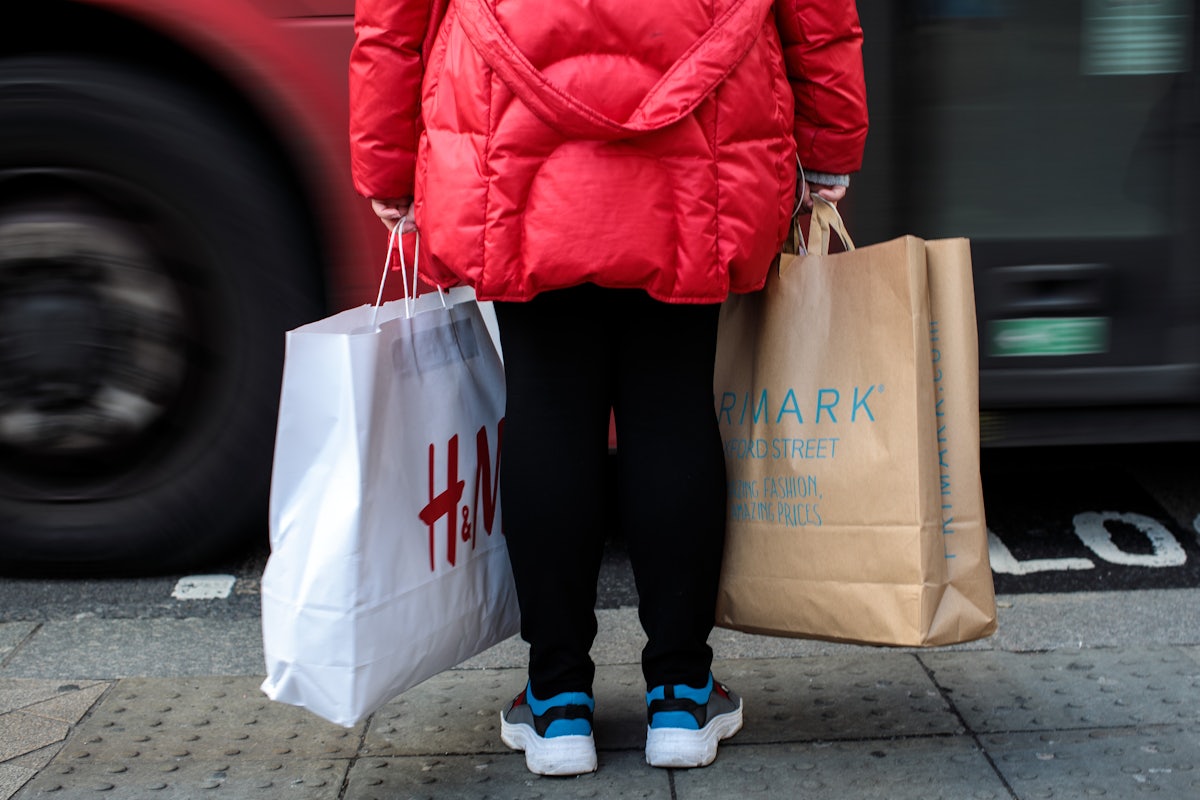Canada Moves to Ban Single-Use Plastics in an Effort to Reduce Plastic Pollution
There is no doubt that plastics provide unparalleled functionality and durability across a range of products in our everyday lives. The production and use of plastics is growing faster than any other material due to their many practical uses. However, certain characteristics that make plastics so valuable can also create challenges for their end-of-life waste management. In particular, the low costs of producing and disposing of plastics have increased the amount of disposable plastic products and packaging entering the consumer market. According to the Canadian Council of Ministers of the Environment (CCME), over half of these disposable plastic products and packaging are designed to be used once and thrown away. CCME reportsthat an estimated 95% of the material value of plastic packaging (or between $100 and $150 billion dollars annually) is lost to the global economy after only a single use.
In recent years, plastic pollution has emerged as a critical environmental issue, one that must be addressed globally. To reduce plastic waste in Canada, the federal government announced in June 2019 that it will ban single-use plastics as early as 2021. The ban is expected to include items such as plastic bags, straws, cutlery, plates and stir sticks. The federal government will also work together with the provinces and territories to introduce Extended Producer Responsibility (EPR) programs, which would seek to establish standards and targets for companies that manufacture plastic products or sell items with plastic packaging.
The federal government has indicated that these measures will align with similar actions being taken in the European Union and other countries. In addition, these initiatives complement Canada’s adoption of the Ocean Plastics Charter in June 2018, which lays the groundwork for ensuring that plastics are designed for reuse and recycling. In addition, the federal government’s efforts to reduce plastic pollution includes ongoing work through the CCME to develop an action plan to implement the Canada-wide 2018 Strategy on Zero Plastic Waste.
Policy Initiatives to Reduce Plastic Pollution
The specific policy initiatives announced by the federal government include:
- Banning harmful single-use plastics as early as 2021 under theCanadian Environmental Protection Act and taking other steps to reduce plastic waste, where supported by scientific evidence and when warranted – and taking other steps to reduce plastic waste. The ban would cover single-use plastic products and packaging (e.g. shopping bags, straws, cutlery, plates, and stir sticks); the specific products and measures included in the ban will be determined once a State of the Science assessment on plastic pollution in the environment has been completed. The assessment will include a peer review, public consultations, and socio-economic considerations. Additional regulatory actions could include requiring products to contain a set amount of recycled content, or be capable of being recycled or repaired.
- Ensuring that companies that manufacture plastic products or sell items with plastic packaging are responsible for managing the collection and recycling of their plastic waste. EPR programs are recognized as an effective mechanism to support the creation of a circular economy. Under an EPR program, companies making products are responsible for the end-of-life management of their products and packaging. Through the CCME, the federal government will work with provinces and territories to support the development of consistent EPR programs across the country. This will include setting targets for plastics collection, recycling, and recycled content requirements.
- Working with industry to prevent and retrieve abandoned, lost, or discarded fishing gear, known as ghost fishing gear – a major contributor to marine plastic debris. The federal government will work with stakeholders through a new Sustainable Fisheries Solutions and Retrieval Support Contribution Program. In particular, the federal government will support fish harvesters to acquire new gear technologies to reduce gear loss, and take actions to support ghost gear retrieval and responsible disposal. In addition, the federal government will seek to reduce the impacts of ghost fishing gear in Canadian aquatic ecosystems. It is important to note that a significant amount of plastic in the oceans is comprised of fishing nets. In a study by the Ocean Cleanup Foundation that was published in 2018, scientists found that at least 46% of the plastic in the Great Pacific Garbage Patch comes from fishing nets, while miscellaneous discarded fishing gear makes up the majority of the rest.
- Investing in new Canadian technologies. Through the Canadian Plastics Innovation Challenge, the federal government is helping small businesses across the country find new ways to reduce plastic waste and turn waste into valuable resources supporting a circular economy. Seven challenges have been launched so far, providing over $10 million dollars to 18 Canadian small- and medium-sized enterprises. These businesses are working to reduce plastic waste from food packaging, construction waste, marine vessels, and fishing gear. They are also improving plastic recycling through artificial intelligence and refining technologies for bioplastics. MORE
RELATED:
Canadian Government Launches Plastics Challenge For The Development Of Biobased Foam Insulation
How Your Community Can Be Zero Waste In 10 Years



